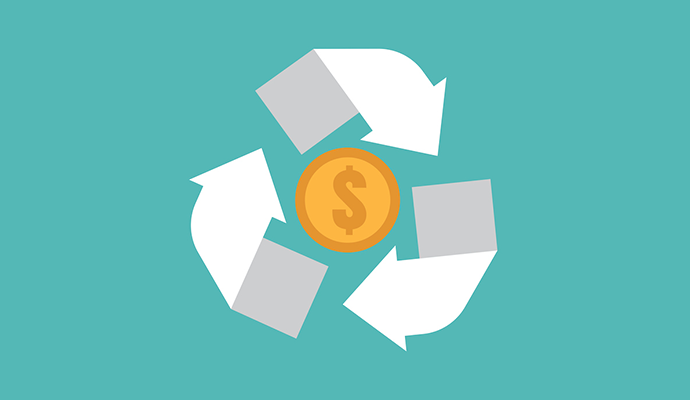Largest Share of Premium Dollar Goes Toward Prescription Drugs
AHIP’s updated report details how commercial payers spend member premium dollars and which services receive the most premium income.

Source: Getty Images
- The majority of the average healthcare premium dollar goes toward prescription drugs and outpatient and inpatient hospital costs, according to AHIP’s most recent research.
AHIP looked at 30 commercial health insurance providers’ financial statements between 2016 and 2018 to get the breakdown of how payers were spending members’ premiums. The data included spending by employer-provided coverage and coverage that individuals can purchase on the healthcare market.
The biggest chunk of the healthcare dollar went towards prescription drugs, with 21.5 cents dedicated to payments for outpatient prescription medications and prescription medications administered in a physician’s office or clinic.
The next largest spending area for payers was outpatient hospital costs. Treatments in the outpatient department of hospitals, such as MRIs or X-rays, or primary care and specialist visits in the outpatient department accounted for 19.8 cents.
Inpatient hospital costs followed closely behind the outpatient spending with 19 cents directed toward payments for services during hospitalization. This included costs for the hospital room and board, prescription drugs administered during the stay, payments to physicians, and facility payments.
The last area with a significant amount of healthcare spending was provider visits. These costs amounted to a little over 12 cents and consisted of payments to doctors or clinics for non-drug related outpatient services provided in doctor offices, clinics, and urgent care centers.
The payments for provider visits also covered the cost of equipment and supplies used during a visit and went toward nurse and staff salaries.
Other outpatient care, such as lab work, dialysis, home healthcare, and surgeries that were performed in ambulatory surgery centers, accounted for 6 cents. Emergency room visit costs accounted for 3.2 cents.
Payers spend the remaining parts of the healthcare dollar on taxes and assessments, agent and broker fees and business expenses, cost containment, quality improvement, and administrative expenses. Three cents of the premium goes toward and profit. Quality improvement receives the smallest amount of premium funds.
AHIP implemented several changes to its healthcare dollar study compared to the 2018 version that looked at data from the years 2014 to 2016.
The new version divided medical spending into categories based on where members received the care and services to make it easier to understand for the general public. The previous categories had a more accounting-centered approach, with hospital costs and provider services as two of the categories.
Another change was involved the prescription drugs cost category. In the 2021 version, AHIP reported on the prescription drug costs net of any estimated rebates from the drug companies. AHIP used the 2016 estimated manufacturer in the commercial market published by The Pew Charitable Trusts to calculate the costs after any pharmaceutical manufacturers’ contributions.
In the 2021 update, AHIP received a breakdown of operating expenses from health insurance providers’ financial statements. The organization used data from these statements to categorize the spending in the report. The 2018 report used a benchmarking model.
As a result of this new categorization method, the names of the categories for operating expenses changed in the recent version.
To figure out the amount that participating healthcare payers spent on each category, AHIP took the average cost for each payer over the three-year time span.
AHIP developed the report to inform members about how payers spend their healthcare premiums but it is not only consumers that are concerned with healthcare spending.
Some employers have said that the healthcare spending burden would become unsustainable in the next five to ten years, according to a past Kaiser Family Foundation (KFF) survey.
In sync with the AHIP report, employers in the KFF survey reported that drug prices, hospital and healthcare provider market consolidations, unhealthy patient behaviors, and fee-for-service payment models were the biggest contributors to high healthcare costs.
For commercial health plan members, one or two engagements with the healthcare system was enough to account for almost half of their annual healthcare spending, with COVID-19 hospitalizations also boosting out-of-pocket healthcare spending.
